Moose
- December 28, 2023
- 0 comment
The moose, scientifically known as Alces alces, is a majestic and imposing member of the deer family, Cervidae, easily identifiable by its towering antlers and humped shoulders. With a distinctive, long, horse-like face, a bulbous nose, and a pendulous dewlap, the moose is a unique creature in the animal kingdom. These herbivores boast a dark brown coat, often tinged with a reddish hue, providing effective camouflage in their forested habitats.

Moose are primarily found in the northern regions of North America, Europe, and Asia, inhabiting boreal and mixed deciduous forests. Their impressive adaptability enables them to thrive in diverse environments, from dense woodlands to marshy areas. Typically solitary animals, moose may form loose associations during the mating season or when feeding in areas with abundant vegetation.
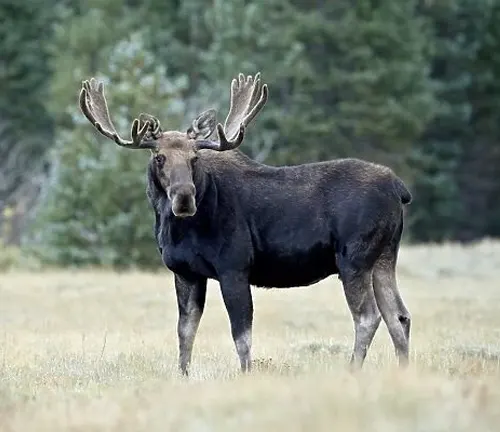
One of the most iconic features of the moose is its antlers, which are exclusive to males. These broad, palmate structures can span up to six feet in width, serving as both weapons in territorial disputes and displays of dominance during the mating season. Females, in contrast, are distinguished by their lack of antlers and possess a more streamlined appearance.
While moose encounters can be enchanting for wildlife enthusiasts, caution is advised due to the potential health and safety concerns associated with these massive animals. Moose can be unpredictable and may display aggression, especially during the breeding season. As a result, maintaining a respectful distance and avoiding any actions that could be perceived as threatening is essential when observing these magnificent creatures in their natural habitats. Additionally, collisions between moose and vehicles pose a risk to both human safety and the moose population, emphasizing the need for awareness and responsible wildlife management practices.
| Category | Description |
|---|---|
| Scientific Name | Alces alces |
| Family | Cervidae |
| Size | Large and imposing |
| Appearance | Dark brown coat with a reddish hue, long face, humped shoulders, and distinctive antlers (males) |
| Antlers (Males) | Broad, palmate, with a span of up to six feet |
| Social Structure | Typically solitary, may form loose associations during mating season or while feeding |
| Habitat | Boreal and mixed deciduous forests, adaptable to various environments including marshy areas |
| Range | Northern regions of North America, Europe, and Asia |
| Behavior | Can be unpredictable and display aggression, especially during breeding season |
| Female Characteristics | Lack antlers, more streamlined appearance |
| Safety Concerns | Caution advised during encounters, potential for aggression; vehicle collisions pose risks to both moose and humans |
Majestic Giants of the North
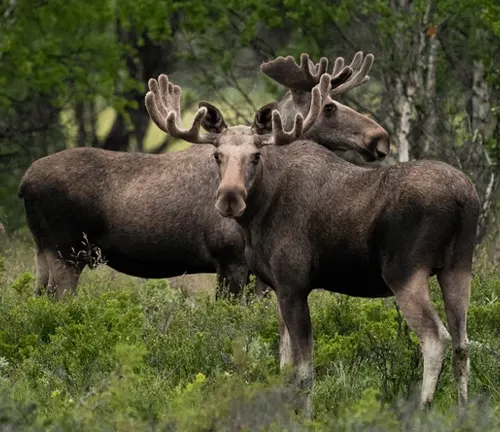
General Biology
The moose, scientifically known as Alces alces, stands as an iconic symbol of the northern wilderness. These majestic creatures belong to the deer family, Cervidae, and are characterized by their imposing size and distinctive features. With a long, horse-like face, humped shoulders, and impressive antlers adorning the heads of males, moose are a unique and captivating species. Their dark brown coats, often tinged with a reddish hue, provide effective camouflage in their natural habitats of boreal and mixed deciduous forests.
Reproduction
The mating rituals of moose are a spectacle to behold. Males, distinguished by their broad and palmate antlers, engage in territorial displays and vigorous sparring during the rutting season. Female moose, on the other hand, lack antlers and play a crucial role in selecting mates. The calving season witnesses the birth of adorable calves, marking a period of maternal care and protection.

Behavior
Moose are generally solitary animals, but their behavior can change during the mating season when loose associations form. Their temperament can be unpredictable, particularly during the breeding season, where males may display aggression to establish dominance. Understanding and respecting their space is crucial when observing these fascinating creatures in the wild.
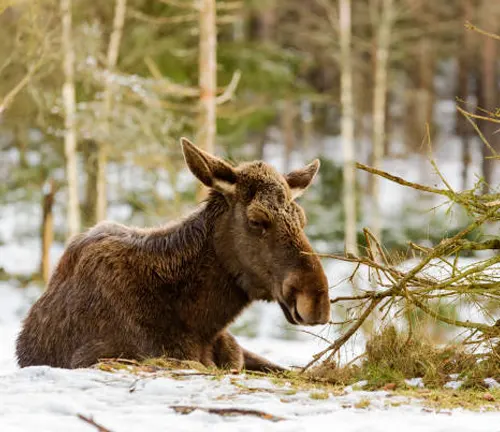
Nesting/Denning Cover
The choice of nesting or denning cover is paramount for moose, especially during the calving season. Females seek out dense vegetation or wooded areas to provide shelter and protection for their vulnerable calves. These chosen sites offer a sanctuary for nurturing the young and shielding them from predators.
Habitat
Moose exhibit a remarkable adaptability to various environments. From dense woodlands to marshy areas, these creatures thrive in a range of habitats. Their preferred territories include the boreal and mixed deciduous forests of North America, Europe, and Asia. This adaptability ensures their survival across diverse landscapes.
Food Habits
As herbivores, moose have specific dietary preferences. Their diet consists mainly of woody vegetation, including twigs, leaves, and bark. Aquatic plants are also a significant part of their food habits. Moose play a crucial role in shaping their ecosystems by influencing plant growth and distribution through their feeding habits.
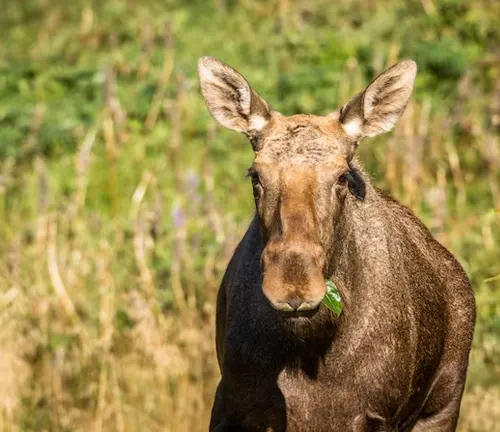
Voice, Sounds, Tracks And Signs
Moose communicate through various vocalizations, such as grunts, moans, and bellows, especially during the mating season. The sound of antlers clashing during sparring is a distinctive feature of male moose behavior. Their tracks and signs, including rubbings on trees and wallows, provide insights into their presence and activities in a particular area, contributing to the intricate tapestry of their behavioral ecology.
Navigating the Impact: Understanding Moose-Related Damage
Damage Identification
Moose, with their imposing size and distinctive presence, can leave a noticeable mark on the landscapes they inhabit. Identifying moose-related damage involves recognizing the telltale signs they leave behind. From trampled vegetation and broken branches to distinctive tracks and wallows, understanding these indicators is crucial for assessing the extent of their impact on both natural and human environments.
Damage to Landscapes
The natural habitats of moose often bear the brunt of their presence. Boreal and mixed deciduous forests may show signs of browsing, with moose consuming twigs, leaves, and bark. Their browsing habits can influence the growth and distribution of plant species, playing a role in shaping the landscape. Recognizing these landscape changes is key to comprehending the intricate relationship between moose and their environment.
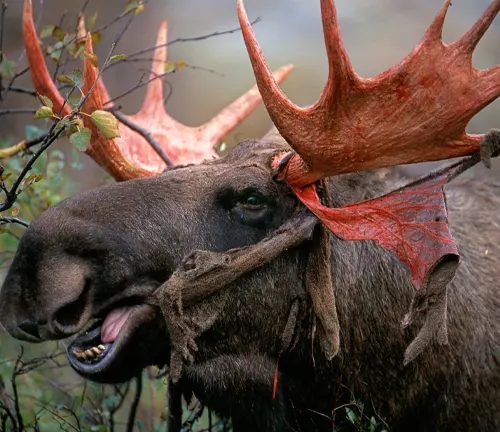
Damage to Crops and Livestock
The intersection of human activities with moose habitats brings about challenges, particularly in agricultural regions. Moose, driven by their dietary preferences, may venture into croplands, causing damage to crops and posing risks to livestock. Farmers and ranchers often grapple with the economic implications of moose-related damage, necessitating a balance between conservation efforts and protecting livelihoods.
Damage to Structures
As urbanization encroaches upon moose habitats, conflicts can arise with structures and human settlements. Moose, in their quest for food or during territorial disputes, may inadvertently cause damage to fences, gardens, and other structures. Understanding the patterns of moose behavior and implementing preventive measures are crucial in mitigating the potential impact on property and ensuring the coexistence of humans and moose.
Strategies for Preventing and Controlling Moose-Related Damage
Damage Prevention and Control Methods
As the coexistence between humans and moose evolves, employing effective damage prevention and control methods becomes paramount. These strategies encompass a range of approaches, from modifying habitats to implementing exclusion measures, each designed to strike a balance between conservation and safeguarding human interests.
Habitat Modification
One key aspect of managing moose-related damage involves thoughtful habitat modification. By understanding the ecological needs of moose, land management practices can be tailored to create environments that discourage unwanted moose activity in specific areas. This method seeks to harmonize human activities with the natural behaviors of moose, minimizing conflicts.
Exclusion
Creating physical barriers to keep moose away from sensitive areas is a common practice in damage prevention. Fencing and other exclusionary measures can be strategically employed to protect crops, livestock, and structures. This method aims to delineate spaces where human activities can proceed without infringing on the natural territories of moose.
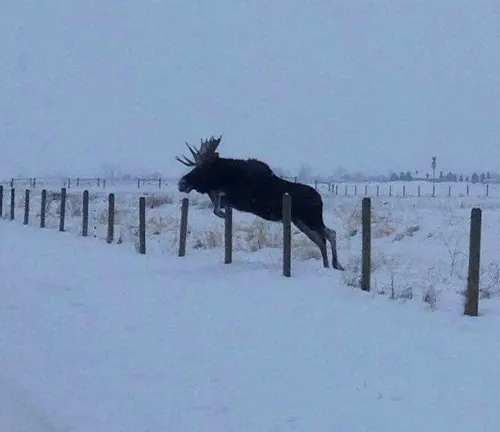
Frightening Devices
Innovative technologies come into play with frightening devices designed to deter moose from certain locations. These devices utilize sound, light, or motion sensors to startle moose and discourage them from approaching. By incorporating technology into the toolkit of damage prevention, communities can reduce conflicts while respecting the natural instincts of these majestic creatures.
Repellents
The use of repellents provides an additional layer of defense against moose-related damage. These substances, often derived from natural sources, emit odors or tastes that moose find unpleasant. By applying repellents to crops or vegetation, humans can create a deterrent effect, steering moose away from areas where their presence could lead to damage.
Toxicants
While a less preferred method, the controlled use of toxicants may be considered in specific situations where other strategies prove ineffective. This method requires careful consideration of environmental impact and potential risks to non-target species. It underscores the importance of judicious decision-making when implementing damage control measures.
Shooting
In situations where moose pose an immediate threat to human safety or are causing severe damage, controlled shooting may be a last resort. This method requires careful consideration of legal and ethical implications, prioritizing the welfare of both humans and moose. Professional wildlife management teams may be involved to ensure a safe and responsible approach.
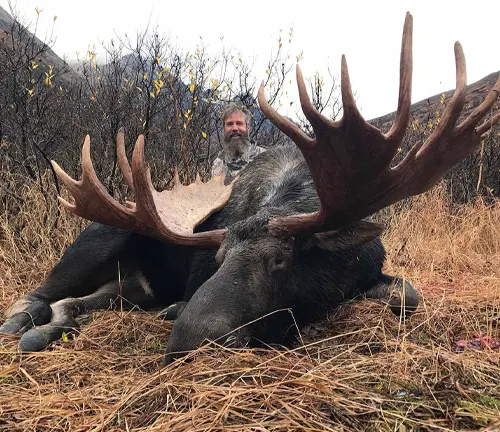
Trapping
Trapping, like shooting, is a method of last resort and is typically reserved for situations where other strategies have failed. Traps are designed to capture moose without causing undue harm, allowing for their relocation or other appropriate measures. This method demands expertise and adherence to ethical standards to ensure the humane treatment of wildlife.
Different Species
Alaskan Moose
(Alces alces gigas)
Found in Alaska and parts of western Yukon, known for its larger size compared to other subspecies.

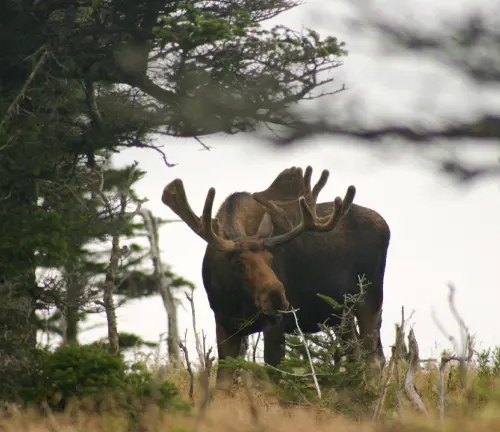
Eastern Moose
(Alces alces americana)
Inhabits the northeastern part of North America, including parts of Canada and the northeastern United States. It is relatively smaller compared to the Alaskan Moose.
European Moose
(Alces alces alces)
Native to Europe and Asia, adapted to the varied landscapes of these continents.
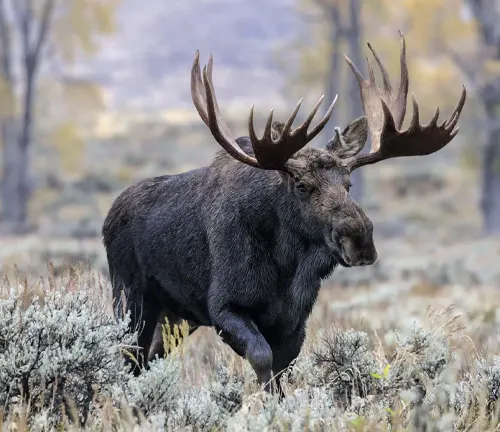
Frequently Asked Questions (FAQs)
- What is a moose?
A moose is a large herbivorous mammal belonging to the deer family, scientifically known as Alces alces. They are known for their imposing size, distinctive antlers (in males), and habitat in northern regions. - Where do moose live?
Moose inhabit the northern regions of North America, Europe, and Asia. They are often found in boreal and mixed deciduous forests, adapting to various environments, including marshy areas. - What do moose eat?
Moose are herbivores with a diet consisting mainly of woody vegetation, including twigs, leaves, and bark. They also consume aquatic plants and are crucial in shaping ecosystems through their feeding habits. - Do female moose have antlers?
No, only male moose have antlers. Female moose, or cows, do not possess antlers. The antlers of males are used for various purposes, including territorial displays and competition during the mating season. - How big do moose get?
Moose are among the largest members of the deer family. Adult males (bulls) can weigh between 800 to 1,500 pounds, while females (cows) are generally smaller, weighing between 600 to 800 pounds. - Are moose dangerous to humans?
While moose are generally not aggressive, they can be unpredictable, especially during the mating season. Approaching or disturbing a moose can lead to defensive behavior. Collisions between moose and vehicles pose risks to both humans and the moose. - Can moose swim?
Yes, moose are excellent swimmers. They often traverse water bodies, including lakes and rivers, and are known to swim across wide channels when needed. - How long do moose live?
In the wild, moose typically have a lifespan of 10 to 15 years. Their survival is influenced by factors such as habitat, food availability, and the presence of predators. - Why are moose important to ecosystems?
Moose play a vital role in shaping ecosystems through their feeding habits. By controlling vegetation growth, they contribute to the diversity and health of their habitats. - What should I do if I encounter a moose in the wild?
It’s essential to keep a safe distance and avoid any actions that may be perceived as threatening. Moose encounters should be observed from a distance, and caution exercised, especially during the mating season.




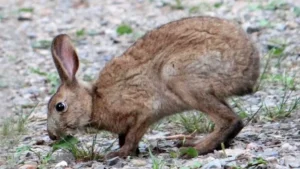
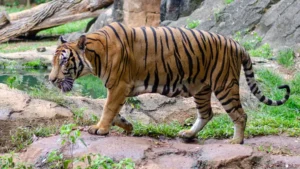
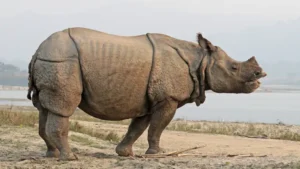


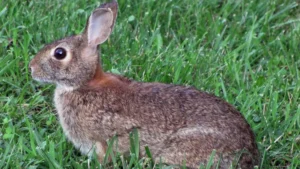


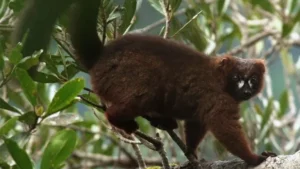
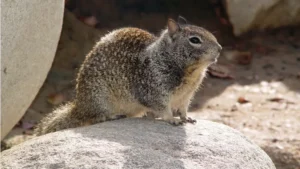
Leave your comment